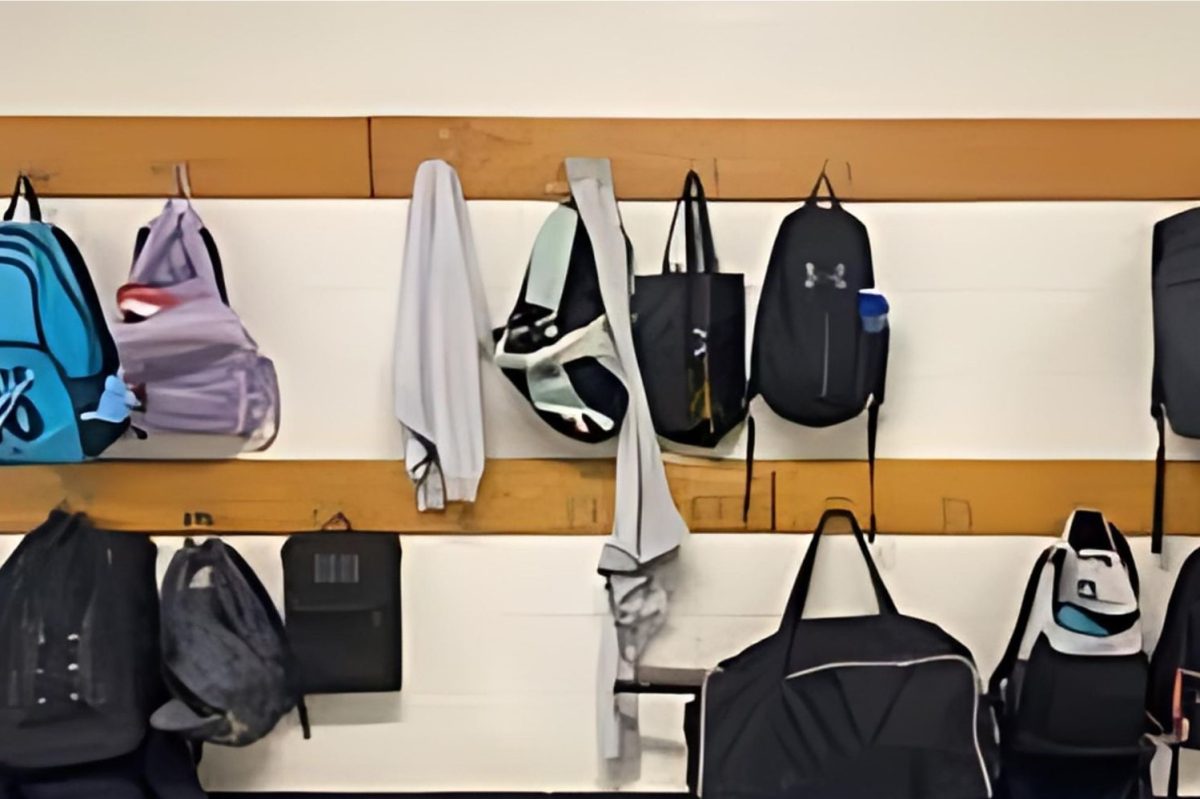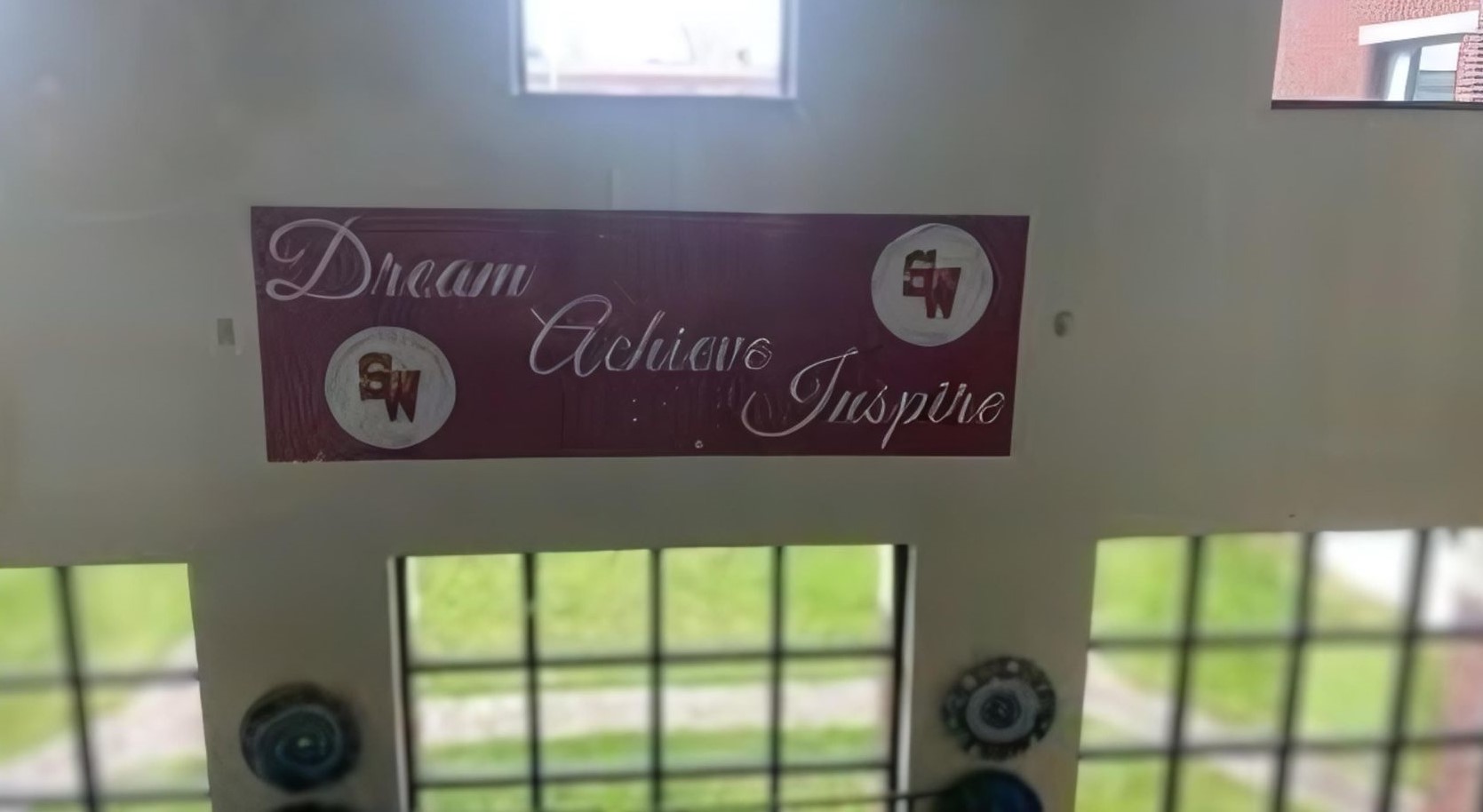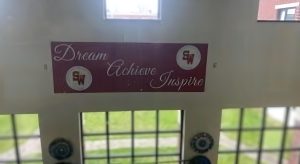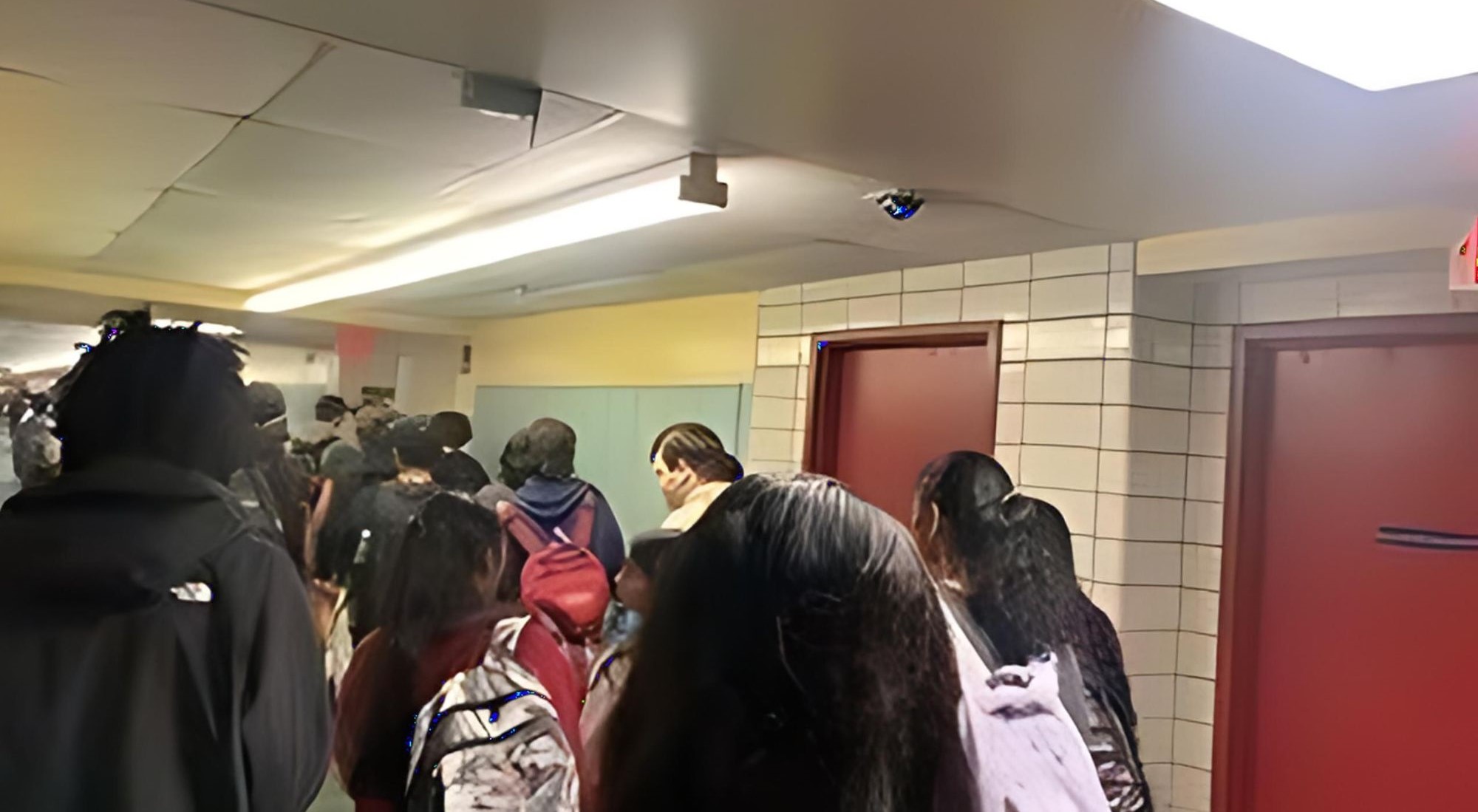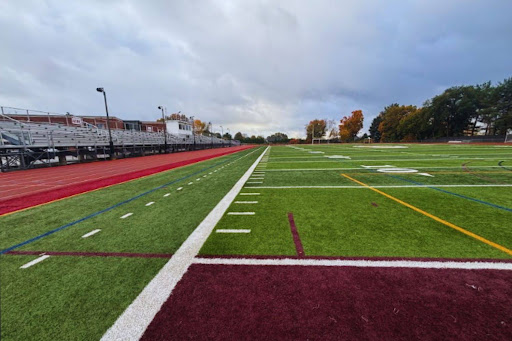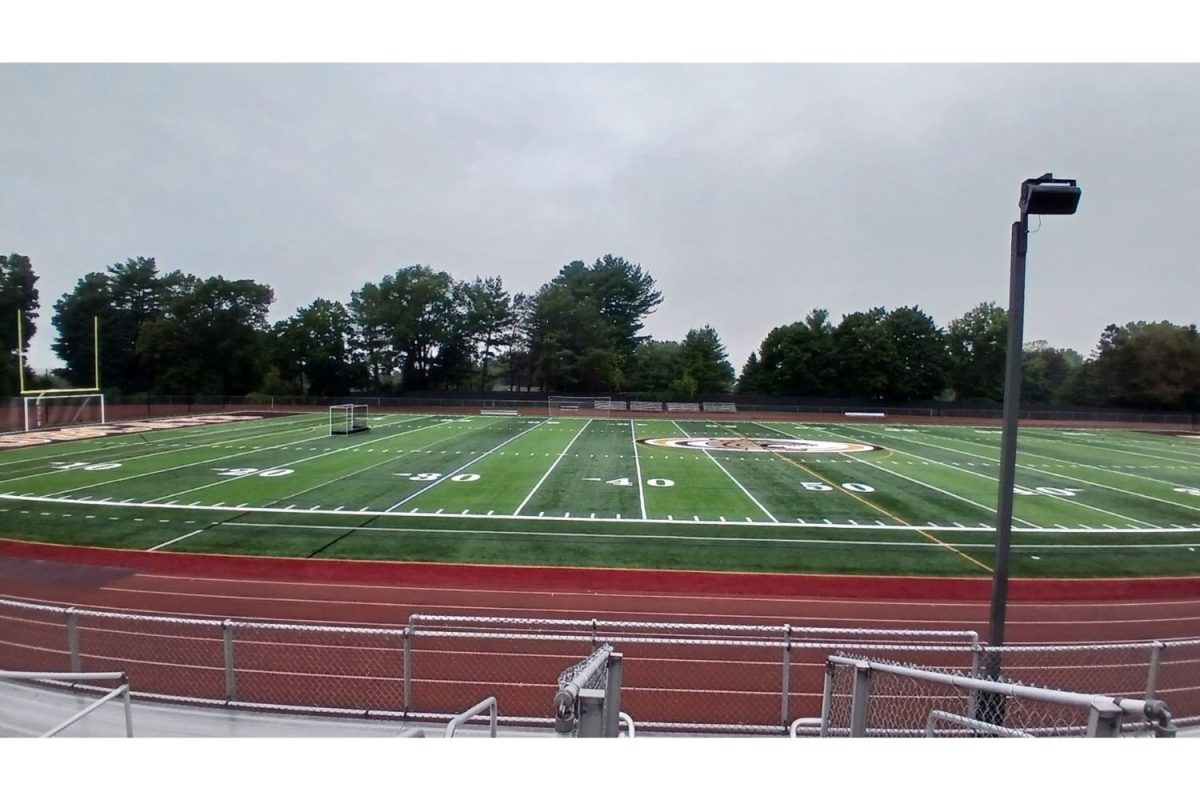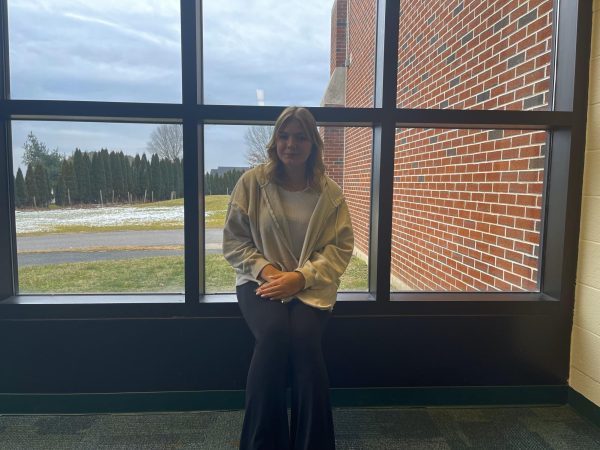Walking down a hallway crammed together like a can of sardines, or giving a fist bump to your principal every time you go in the hallway because he’s known you since you were little: the difference between a suburban school and a rural school is one of true personal preference.
South Windsor High School has roughly 1,200 students in the school; with 197 faculty and staff to look over these students, the building can be considered packed. Traveling 480 miles north from South Windsor brings you to a small town in Maine, 30 minutes from the Canadian border called Washburn. Washburn High School also serves surrounding communities Perham and Wade with a total of 81 students and 15 staff members.
Though both schools have similar mottos, South Windsor’s being, “Dream, Achieve, Inspire” and Washburn’s being “Dream, Seek, Achieve,” the student’s school days could not be more different.
South Windsor High School’s day starts bright and early at 7:25 am. The students go to 4 classes that are 77 minutes long, most days, and then end the day at 2:00, leaving time for sports, clubs, and jobs. These students do this for 180-182 days, per Connecticut law.
On the other hand, Washburn’s school day starts at 8:00 am and ends at 2:30 pm. They have 7 classes a day that are each 43 minutes long.
Another difference is that at the end of September, Washburn students get two weeks off of school to help with the potato harvest that takes place in their small town. These two weeks are in addition to the February and April breaks that exist at South Windsor High School. Though South Windsor’s February break is just a long weekend, Washburn High School students find themselves with the whole week off.
Having such a small student body has led to these students growing up together and create a very strong student and staff community, especially as the senior class of Washburn High School has only 10 people. The Prowl had the opportunity to talk to three of those seniors who shared their experiences and their sense of community.
One of the seniors at Washburn High School, Nichelle Kelley, shared that the small class size allowed her to get to know her classmates better and said that they had “grown as a family.”
Washburn’s librarian, Kolbie Churchill, explained that it is “easier to get to know everyone,” leading to closer relationships and the creation of more interest in subjects.
However, in addition to having a shorter school year and closer relationships with other students and teachers, there are far fewer academic and extracurricular opportunities at Washburn High School than there are at South Windsor High School in Connecticut.
SWHS has 80 clubs available, whereas Washburn High School has 3, though interestingly enough, both schools have a Dungeons and Dragons club.
Despite the difference in the number and variety of clubs, both schools take sports very seriously. The Washburn High School girls basketball team are regional champions for 5 consecutive years, and rank about the same as the SWHS girls basketball team. Both schools take a lot of pride in their sports and value their importance for their community.
One of the largest differences between the schools is in academic course levels. 18 AP courses are offered at South Windsor High School, yet none are offered at Washburn High School. Alongside that, South Windsor High School teaches Spanish, French, and Italian, with plans to add more languages in the future, whereas students at Washburn High School do not have an opportunity to learn a foreign language.
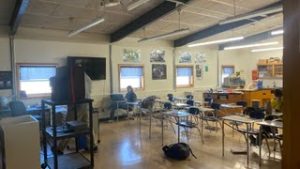
The lack of access to AP courses and foreign languages at a school like Washburn- both seen in high regard to colleges – can hold the students back from their full potential and raises an important question about equity and access in rural school systems.
Students at SWHS, like junior Isabella Rodriguez, have used the availability of AP courses to their advantage.
Rodriguez told The Prowl she takes them to “prepare for college and [allows her] to get college credit early on to cut down the cost of taking the courses while attending a university.”
Moreover, in this day and age, being able to speak more than one language is a very important skill for many, and not having access to those resources at your fingertips could hold a student back from a potential professional or academic opportunity.
Every student should have the opportunity of taking classes that can grant college credits and for the opportunity to learn a foreign language. Both of these opportunities are integral for allowing students the access and ability to pursue what they want to study or do. This small comparison impugns the idea of the accessibility ranges in educational systems between rural and suburban areas across the country and how this should be a larger issue when the topic of education is brought up in a federal setting.
On the other hand, perhaps Washburn could show SWHS students what community really means and how it can lend a benefit to everyone within it. South Windsor has a lot of community and pride, but it pails in comparison to the close relationships that define Washburn and its students.
Despite what could be said about the access of opportunities or factors of community, both schools tend to have students who pursue bright futures. Nevertheless, it is equally important to have both virtues to maintain the best possible school system.



